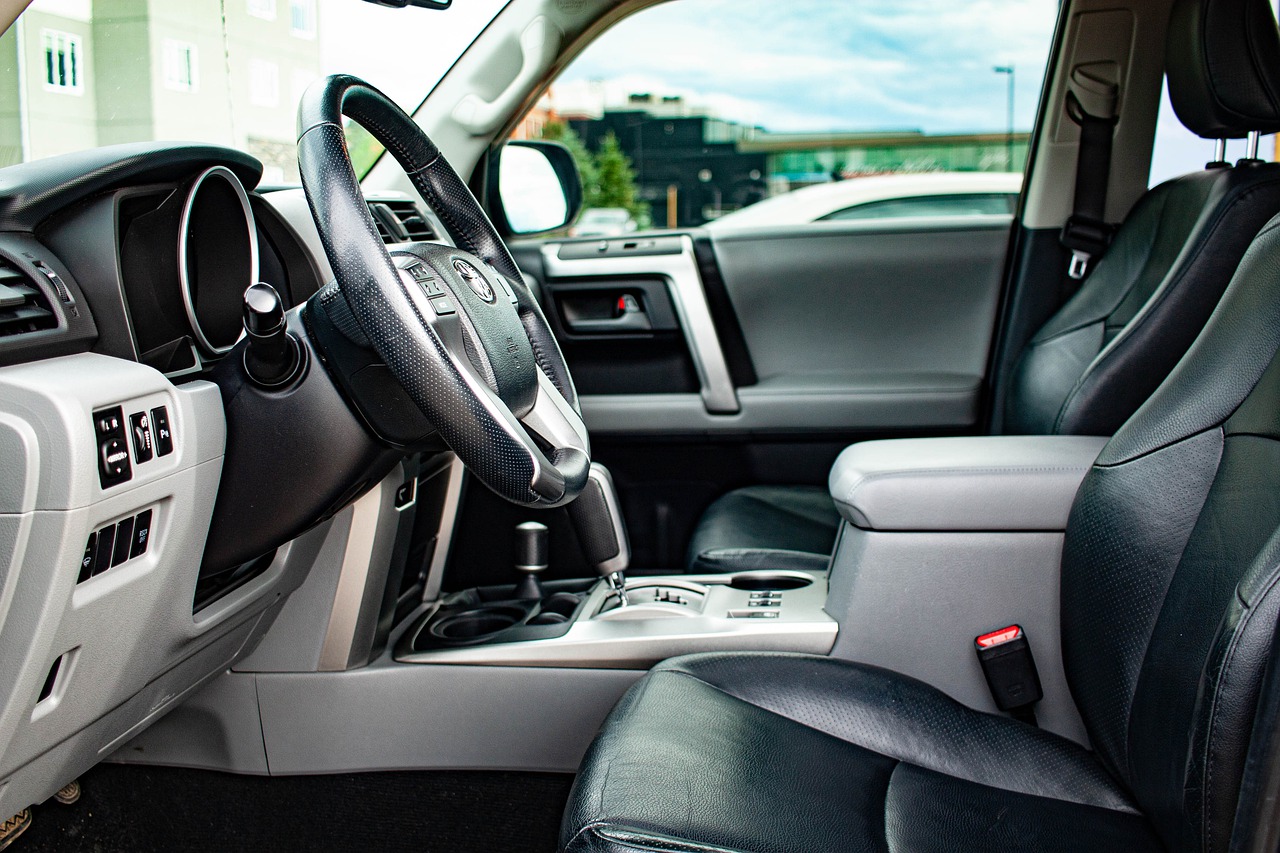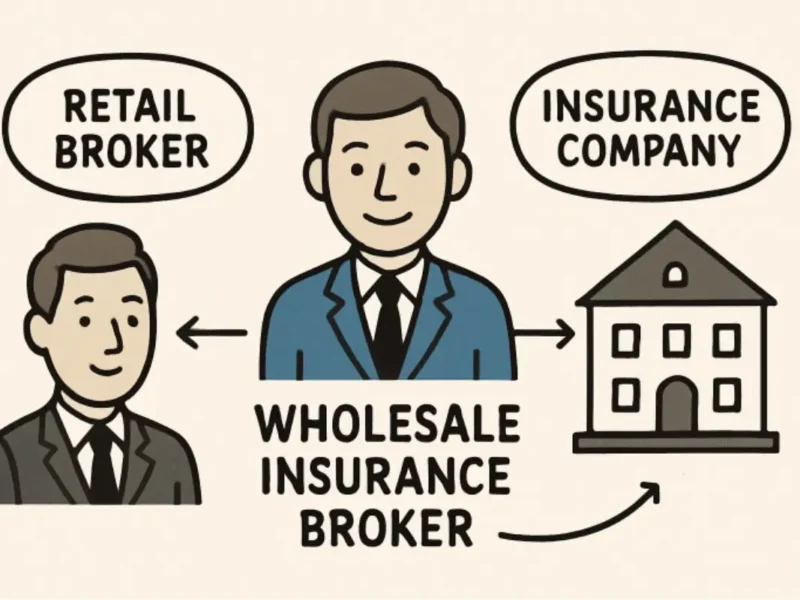When it comes to buying a new car, most people have an overwhelming number of questions. What features should I look out for? How much can I expect to pay? How can I get the best deal?
These are just some of the questions that race through most people’s minds when thinking about buying a new car. If you’re thinking about getting a brand-new ride, you’ve come to the right place.
In this blog post, we will cover everything you need to know before buying a new car. From finding your ideal dealership to negotiating the price and finalizing the paperwork, we’ll answer all your burning questions so that buying a new car is easier than ever before.
Contents
Research is Key
Before you start shopping for a new car, it’s important to do your research. By doing research, you can narrow down your options, which can help you save time and money.
Research is especially important if you’re in the market for a used car, as these vehicles are not cheap and it can be difficult to know whether the seller is being honest. By doing some research, you can check out average prices for different makes and models, and you can also look up potential issues with specific vehicles.
Make sure to check reviews and reliability ratings and talk to friends, family members, and colleagues who drive the types of cars you’re interested in to get a better idea of what to expect.
Types Of Vehicles
Once you know what features are important to you, it’s time to start narrowing down your options. There are many different types of vehicles, so it can be tricky to figure out which one is right for you.
SUVs
SUVs are generally large vehicles that are designed to be rugged. These vehicles are often used for outdoor activities, and they can be great for hauling people and things around.
SUVs generally have a high curb weight, but they have low ground clearance. One of the SUV-type vehicles is the Honda CR-V.
Trucks
The truck also known as pickups, trucks are large, rugged vehicles that are generally used for hauling things around. They are usually larger than SUVs but can vary in size and design.
Some trucks are built for rugged outdoor use, while others are designed for hauling large amounts of cargo.
Cars
If you’re not interested in rugged vehicles, then you might be interested in cars. Cars are generally smaller and less rugged than SUVs and trucks, but they come in many different shapes, sizes, and designs.
Wagons
Wagon-style vehicles are somewhere between SUVs and cars in terms of size, weight, and ruggedness. These vehicles can be great for people who want the utility of an SUV but don’t need the ruggedness.
Wagon-style vehicles can vary in size and can be used for both outdoor and indoor activities.
Crossovers
Crossovers are SUVs that prioritize comfort over ruggedness. These vehicles are larger than cars but smaller than SUVs, and they often have similar features to SUVs, such as raised suspension and room for passengers.
Minivans
Minivans are larger vehicles that are designed to carry passengers, groceries, and lots of stuff. These vehicles are great for families and can be especially useful for parents who have a lot of stuff to haul around.
Determine How Much You Can Spend
Before you even walk into a dealership, it’s important to have a general idea of how much you’re willing to spend on a new car. Doing so can help you get a feel for how much you can reasonably spend on a new vehicle and can also help you weed out vehicles that are out of your price range.
However, don’t feel like you have to spend exactly as much as you planned. It’s natural to want to get the most bang for your buck, so it’s OK to try to negotiate a lower price.
Keep in mind that it may be difficult to get the price of a new car down to the exact amount you have in mind. It may be a good idea to add a bit of wiggle room, especially if you’re buying a used car, as they can be difficult to price.
Check Out New Car Reviews
After deciding what type of vehicle you want, it’s time to do some research and check out reviews.
By reading reviews, you can get an idea of how a specific vehicle performs in different situations, such as on the road during different weather conditions and in different driving environments, as well as how it fares in terms of comfort, features, and reliability.
You can find reviews for most vehicles on websites such as Edmunds or Car and Driver. By reading reviews from different sources, you can get a general idea of how a vehicle performs in different situations.
However, it’s important to keep in mind that all reviews are subjective, so you shouldn’t take them as gospel.
Go To Dealerships And Test Drive New Cars
Once you’ve narrowed down your options, it’s time to hit the road and visit dealerships. Before visiting a dealership, it’s important to have a budget in mind and be ready to walk away if they can’t meet your price.
Don’t feel obligated to buy a vehicle just because you’ve test-driven it. By visiting several dealerships, you can get a better idea of what each dealership has to offer and can also get a sense of what other customers are paying.
It also gives you a chance to test drive different vehicles, so you can get a feel for which one is right for you.
Negotiate The Price
Once you’ve found the perfect vehicle and made an offer on it, it’s time to negotiate the price. It’s important to note that you shouldn’t attempt to negotiate the price until after you’ve made an offer and the dealership has had time to discuss your offer among their team.
Simply saying “I want to negotiate the price” will often result in the dealership refusing to negotiate with you. When negotiating the price, it’s important to keep the following tips in mind:
- Know what the average price of the vehicle is. This will help you know what price to shoot for.
- Know what you can afford. Before heading to the dealership, know how much you can realistically spend.
- Know what other people are paying for the vehicle. By visiting multiple dealerships and seeing what people are paying for the same vehicle, you’ll know what price you should be aiming for.
- Be prepared to walk away. When it comes down to the wire and the dealership won’t budge, it’s important to be prepared to walk away. They want to make a sale just as much as you want to buy a vehicle, so they will likely be willing to negotiate.
Final Words
Buying a new car is a big decision, and it can be a stressful process. However, if you do your research, visit dealerships, and are prepared to go through the negotiation process, it can be a relatively painless process.



